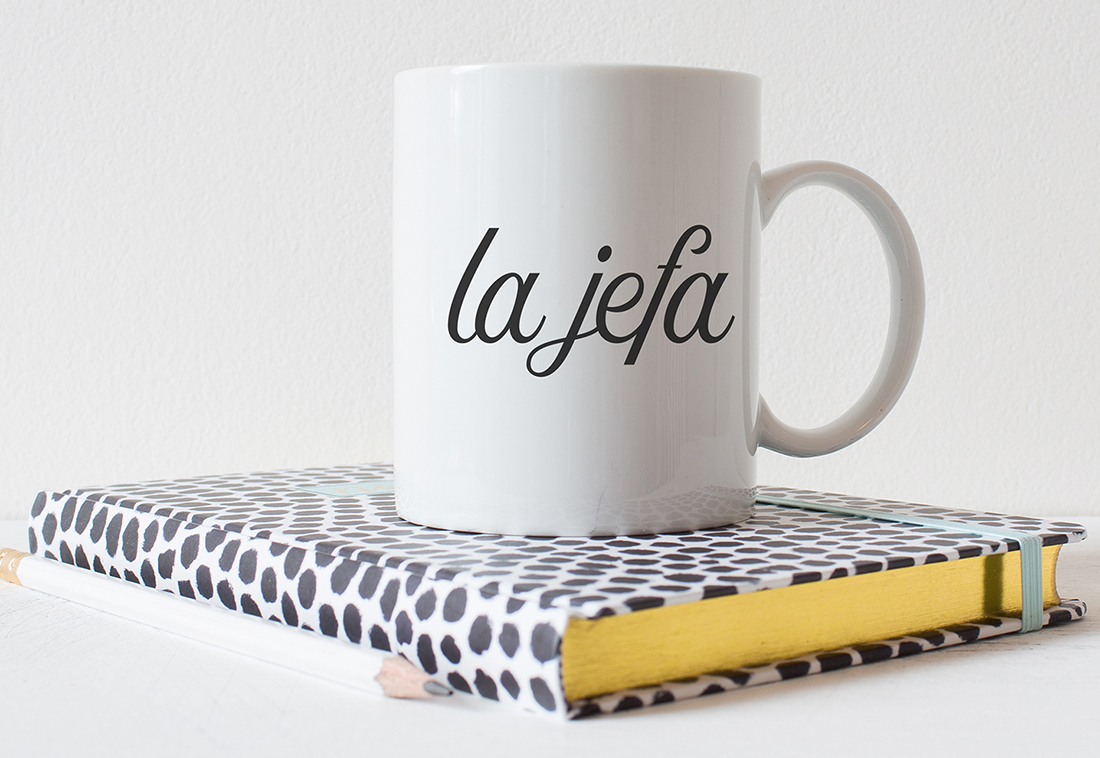Some months she makes hundreds of dollars from POD websites; other months it is much more. “I was lucky enough to be featured in a HuffPost gift list that really boosted sales out of nowhere,” she said. RedBubble and Society6 “take care of virtually everything for you: you upload your work, they do the rest, like promotion, sales, production, packaging and shipping, customer service, returns, etc.”
Other types of POD work a bit more “white label” or like drop-shippers. Tillman explains that Printful, where she also has a store, works that way. Printful interfaces with Shopify and Etsy and allows the artist to set her own prices so the profit margins can be higher than on other sites where the site itself sets the prices. However, the artist has to take care of all of the customer service herself. With Printful, they print, package, and ship with a label that looks like it came directly from the artist. Tillman explains, “There is one caveat to this: you have to either have a credit card or a wallet set up with Printful to pay for the order expenses as they come in. If one of your items goes viral or is simply popular, those charges could really add up.”
This is one reason people, like Tillman and designer Michael Essek, author of How to Sell More Shirts!, think that people starting POD on a shoestring budget should start with companies like RedBubble, Society6, Threadless, or TeeSpring since they charge no upfront fees. And both designers recommend that artists have a minimum of 30 designs, with POD items for sale at a variety of price points (such as stickers, mugs, leggings and shirts, phone cases, etc.) to encourage customers to spend more.
So if you’re a fan of passive income and think you’d like to give this a try, what do you need to know to choose which kind of system is best for you? First you need to understand the various types of POD systems and then consider how sales and commissions work, costs and product quality, and what kinds of intellectual property protections may be in place.

Types of POD systems
POD websites offer different levels of service and contributor/artist interaction. As artist consultant Cory Huff explains, you need to determine if you want a simple platform that handles all printing, framing (if appropriate), and shipping for you; a platform where you work directly with the printers; or a company that sells art products.
The pros and cons to each type of site involve not only the amount of work you must do but also the amount of customer interaction you will have. Some sites, such as RedBubble, Zazzle, and Society6 are THE interface with the customer, and you will never really know who bought your work or their contact information. Other sites, such as ArtStoreFronts, Zenfolio, and Fotomoto, offer artists the ability to retain customer contact information.
Commissions and Sales
Commissions for POD vary widely from site to site, with some companies allowing the artists to set their own prices and others pricing the work automatically. Almost all sites have a minimum commission/sales threshold to meet before they pay out on a monthly basis to the artists. This can range from $5-$50 in cumulative sales before payout.
Huff, on the Abundant Artist website, offers a free downloadable spreadsheet that includes details on how much each POD site pays their artists, other costs, and the features of each site for Abundant Artist members (joining is free). And as Tillman said, some sites let artists choose the prices for all of their designs and the products on which they appear, and others set the same price for every artist on the site (meaning all mugs are $15 for example).
Costs to the Artists
While set up and sales on most POD systems are free, some sites charge fees for additional resources, such as a personalized webpage on their site or your own website built into theirs. You can also pay for additional marketing on some sites, such as having your designs highlighted on the site home page as “featured products” or having you as a “featured designer.”Some of the more “white label” sites may charge the artist for printing, packaging, and shipping costs, as Tillman explained earlier in this article.
Quality of the Products
One determining factor about which POD site to use is the quality of the products, but Huff explains, “Many of the POD companies use the same fulfillment houses, so quality varies little. If you sell something on Fine Art America it’s printed by the same company that prints for Society6, Shutterfly, and others.” The best way to check quality is by ordering your products. Huff says, “Make sure their work matches your style, color palette, and other needs.”
As part of the research for this article, I decided to set up my own RedBubble account to sell art-related merchandise based on my original paintings and photographs. I bought a coffee mug, a greeting card, a pillow, and a tote bag. I was pleased with the quality of the printing on everything except the mug. The mug had a pin prick void in the design on one side but not on the other side where the same image was repeated. Huff says, “different things matter to different artists so that’s why it’s important to check the level of quality yourself. “
Image Protection and Attribution
When you upload images to websites, how can you ensure that people don’t steal the image? Huff says that sometimes POD sites use images by their artists in their marketing materials without crediting the artist by name. Other sites have stricter image protection rules, by adding watermarks to the images and making it impossible to right click and save to a desktop. Look at the protections and attributions on the sites you are considering.
And finally, though sales on POD sites are considered passive income since you are getting residual income after doing the work one time, it is still up to you to market your products as this is the only way to get work out and increase sales. Huff says, “Remember that just because your work is listed on a POD site, that doesn’t mean you’re going to get a bunch of sales.”
Tillman adds, “No matter what POD platform you choose, you shouldn’t expect to get rich over night. Most artists I know only make a few dollars in their first few months. BUT, the ones who stick with it and continually add new work to the sites can make hundreds, thousands, or more each month.” Tillman suggests marketing on your website, posting on social media, and getting mentions on other websites and in publications as part of the POD marketing strategy. And Essek’s book, How to Sell More Shirts!, even has a math section to help you determine how many items you need to design and sell to reach your goals.

Jill L. Ferguson
contributor
Jill is the author of ten books, an artist, editor, entrepreneur and consultant. She is the founder of Women's Wellness Weekends (www.womenswellnessweekends.

Very useful article, thank you.